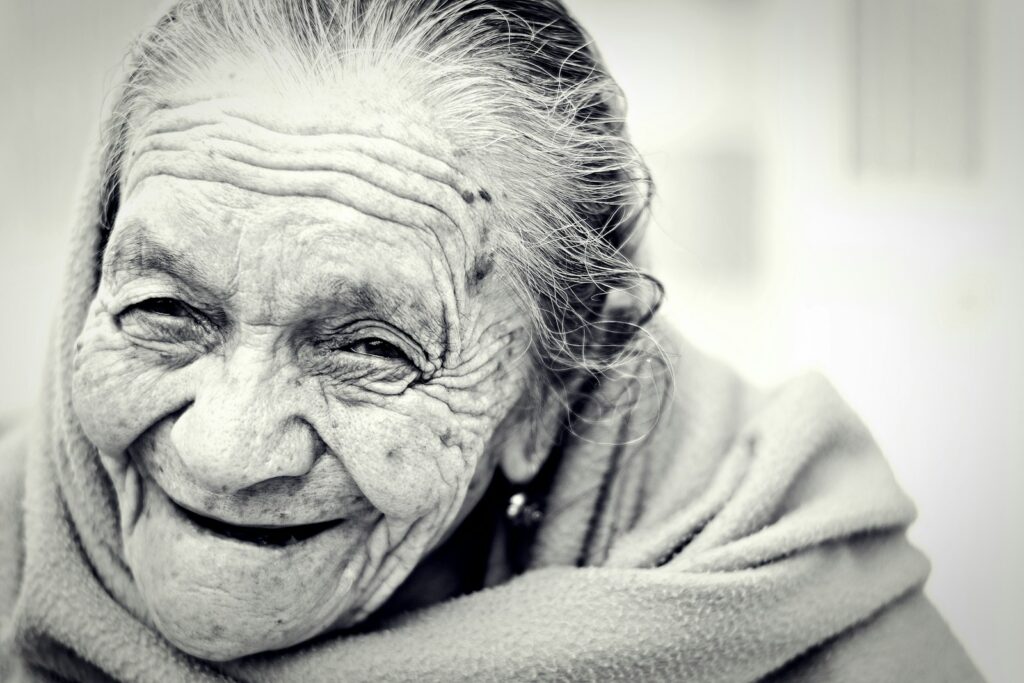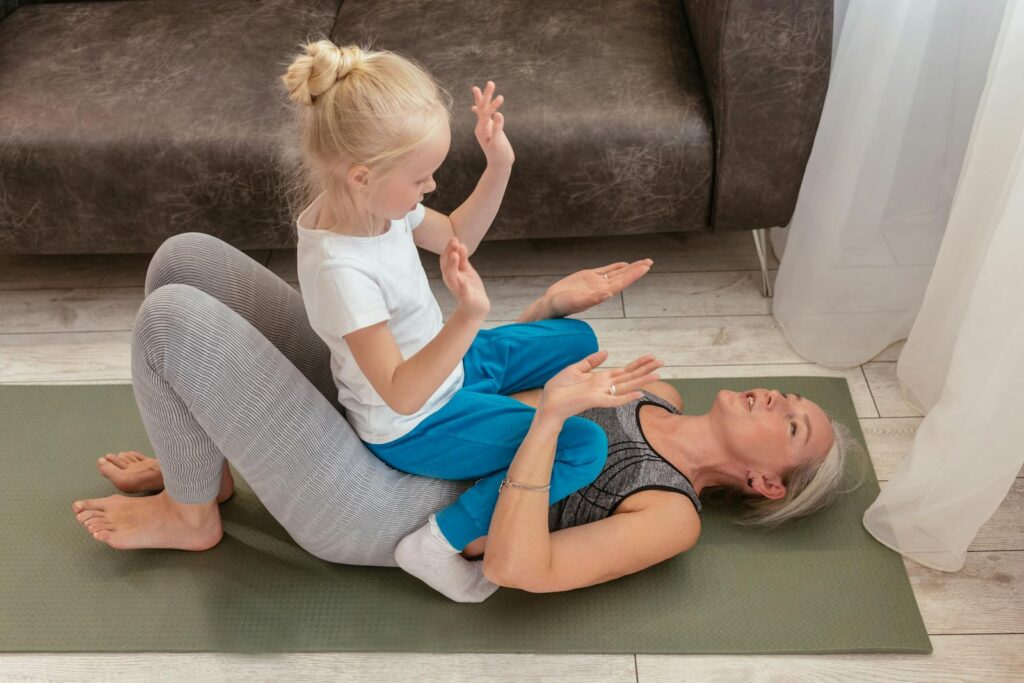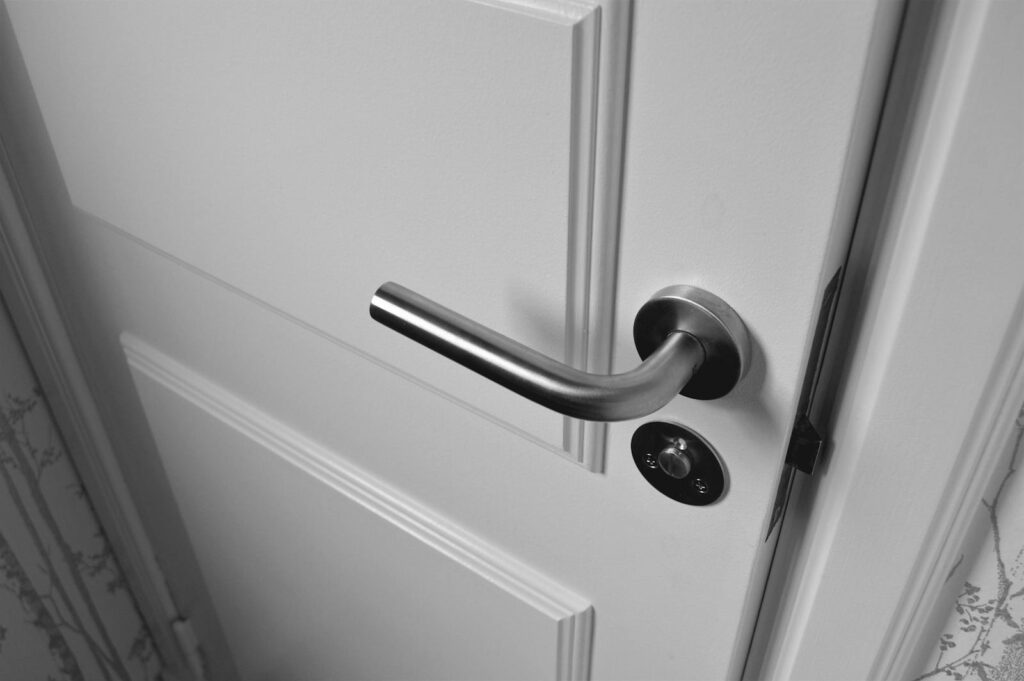It shouldn’t be expensive or complicated to create a home more safe and accessible for seniors. You can make your living space more comfortable and safer with a few simple modifications, for your elderly loved ones. Here’s how to get started:
Start with a Home Assessment
Identify Trouble Spots
Pay special attention to stairs, bathrooms, and entryways; walk through your home to look for areas that might be challenging for seniors.
Consult a Professional
Consider hiring a professional to assess your home. They may have valuable insights and recommendations to offer based on their expertise.

Improve Lighting
Add More Light Sources
Install additional lights in hallways, staircases, and dark corners. Good lighting can prevent falls and help seniors walk around homes more safely.
Use Motion-Sensor Lights
Motion-sensor lights are a more convenient way to light up areas in your home without the need for switches. And in bathrooms and bedrooms these are particularly useful.
Make Floors Safer
Remove Tripping Hazards
Consider removing or securing area rugs that could cause trips and falls. Make sure cords are tucked out of the way, remove any clutter and secure loose rugs.
Install Non-Slip Mats
You should place non-slip mats in areas where water might make the floor slippery; such as, in the bathroom and kitchen.
Modify Stairs
Install Handrails
For extra support and stability install handrails on both sides of the stairs and make sure they are securely fastened and extend as long as the full length of the stairs.
Use Stair Lifts
A stair lift can be a better option for seniors with severe mobility issues. These devices offer a safe way to move between floors and can be installed on most staircases.

Enhance Bathroom Safety
Add Grab Bars
Grab bars provide support and help prevent falls. Install them near the toilet, shower, and bathtub.
Use a Shower Chair
A shower chair offers a safe place to sit while bathing which can reduce risks even more.
Install a Raised Toilet Seat
A raised toilet seat makes it easier for seniors to sit down and stand up without straining.
Make Entryways Accessible
Install Ramps
Consider installing a ramp If your home has steps leading to the entrance. This will be especially good for seniors using wheelchairs or walkers.
Widen Doorways
Wider doorways can accommodate wheelchairs and walkers.
Adjust Kitchen Layout
Reorganize Cabinets
In order to avoid the need for reaching or bending; store frequently used items in lower cabinets or on the countertop
Use Pull-Out Shelves
Pull-out shelves in cabinets allow easier access to items stored in the back without having to reach deep into the cabinet.
Bedroom Safety
Adjust Bed Height
Bed risers or a lower frame can help achieve the right height. Make sure the bed height is comfortable to get in and out of.

Keep Essentials Within Reach
A nightstand next to the bed with essential items like a lamp, phone, and water should be placed within easy reach.
Technology for Safety
Medical Alert Systems
An easy way for seniors to call for help in an emergency can be provided with the help of medical alert systems.
Smart Home Devices
It can make daily tasks easier and safer for seniors to use smart home technology, such as voice assistants and smart lights.
Regular Maintenance
Check for Wear and Tear
Regularly inspect your home for any new hazards.
Update Modifications as Needed
Be prepared to make additional modifications as your loved one’s might need change, to keep their home safe and accessible all the time.
At 1st Care Community, we offer professional home care services to support you and your loved ones in creating a safe and comfortable living environment. We understand that making your home safe and accessible for seniors is an ongoing process that requires attention and care. Our team can provide services like assessments, recommendations, and assistance with modifications to make your home perfectly suited for senior accessibility. To learn more about our services and how we can help you create a safer home for your elderly loved ones visit our website.


